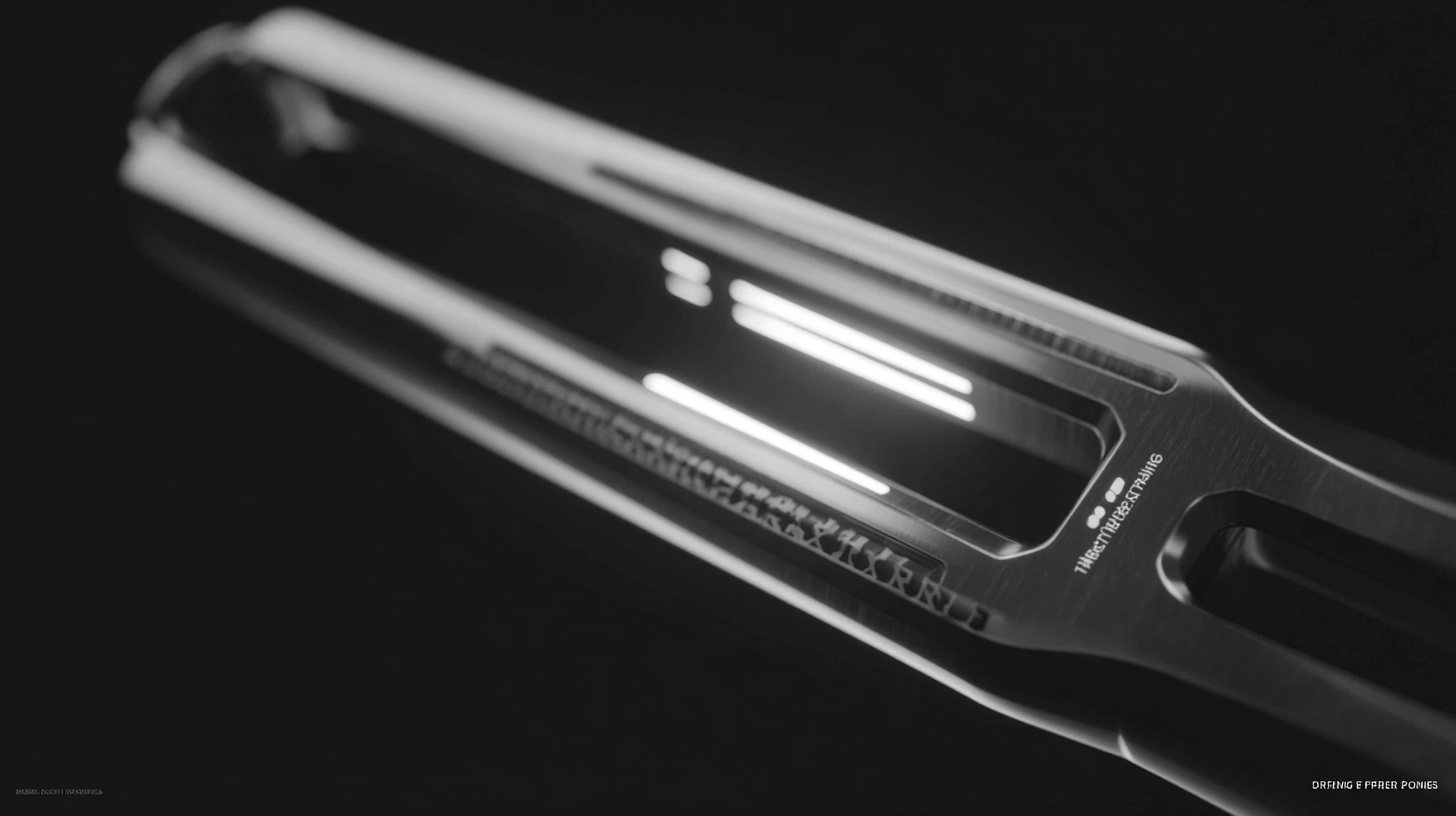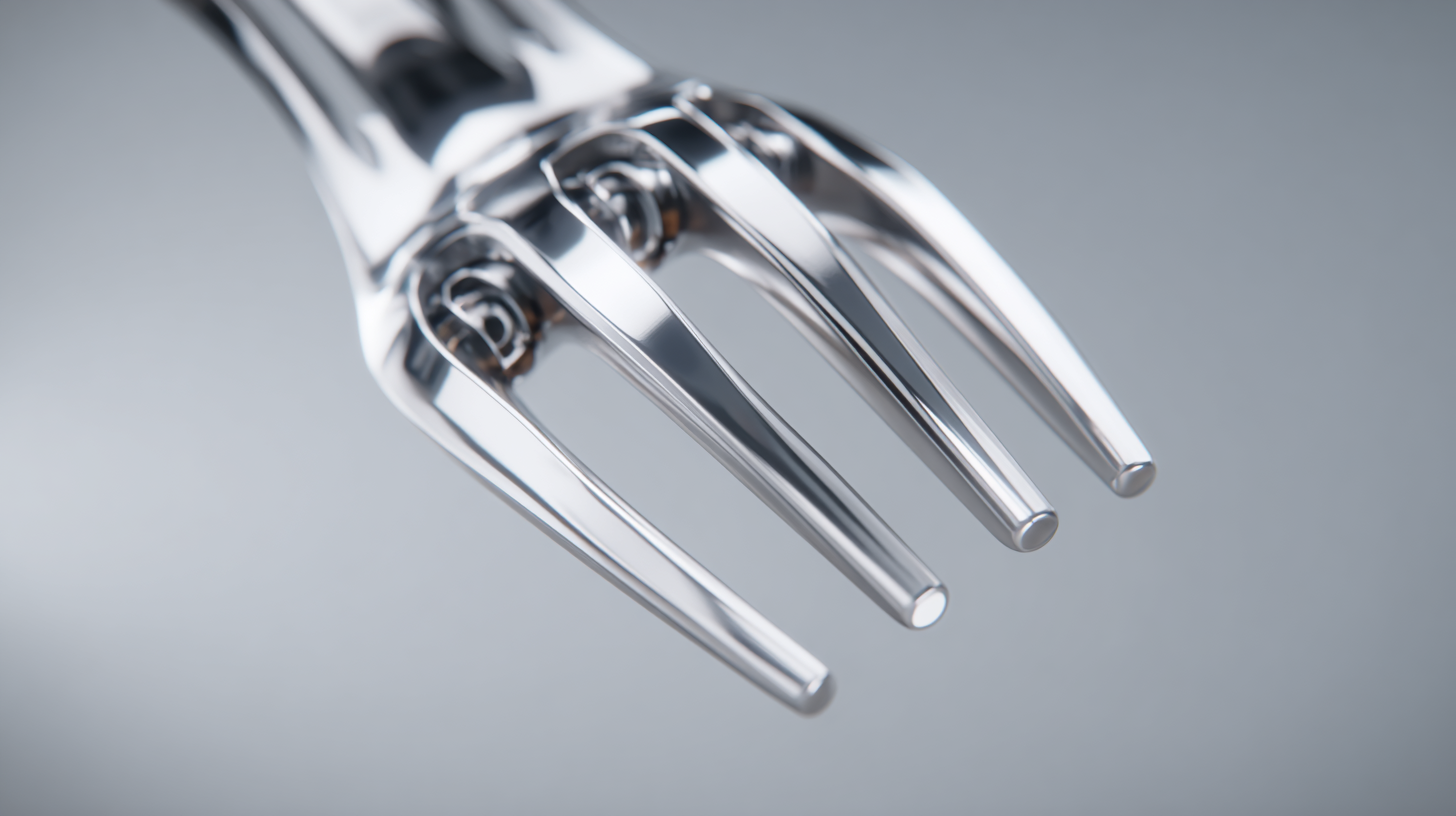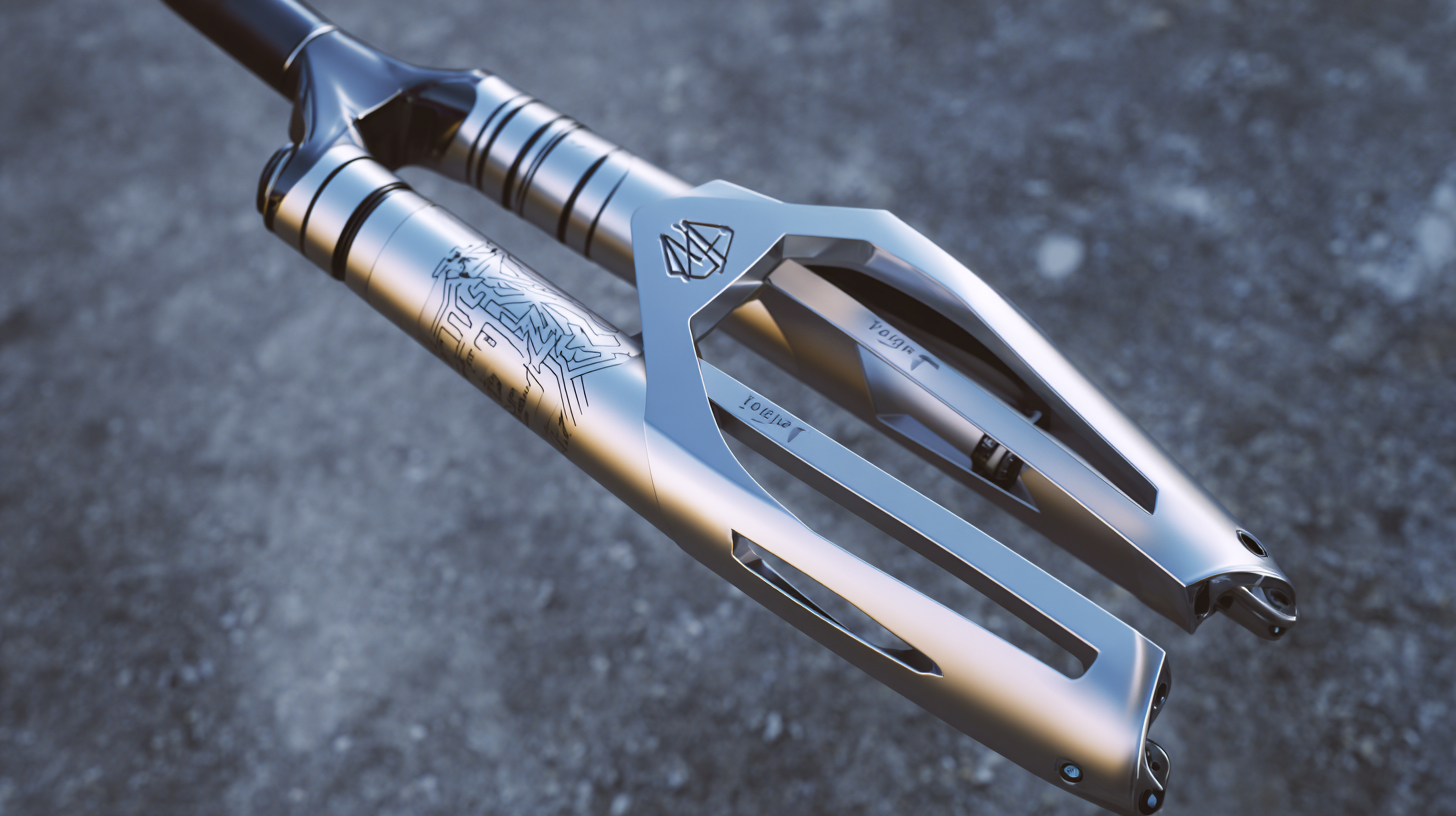As we approach 2025, the cycling industry is witnessing a significant shift in technology and consumer preferences, particularly in the realm of suspension systems. Among these advancements, the Dual Crown Fork stands out as a pivotal component that is redefining the riding experience for enthusiasts and professional cyclists alike. These forks, known for their enhanced stability and performance in rugged terrains, are benefitting from innovative manufacturing processes, especially with the rise of "Made in China" products that combine cutting-edge technology with affordability. With the mantra "中国智造,全球热销,品质保证" echoing throughout the market, brands are not only meeting international standards of quality but are also setting new trends for durability and performance in the dual crown fork segment. This blog will explore the emerging trends poised to shape the future of Dual Crown Forks, examining how these advancements will influence cyclists' choice and enhance their overall riding experience.

As we look ahead to 2025, the cycling industry is poised for a revolution in dual crown fork designs, driven by innovative technologies that enhance performance and rider experience. One key trend is the integration of smart technology, which enables real-time monitoring of suspension settings and terrain adaptability. This advancement allows riders to customize their fork settings on-the-fly, optimizing responsiveness and control based on the specific trail or riding conditions. The fusion of electronics with traditional mechanics is set to redefine how cyclists interact with their equipment.

Another exciting development is the use of advanced materials, such as carbon-fiber composites and lightweight alloys. These materials not only contribute to weight savings but also improve durability and stiffness, ensuring that dual crown forks can withstand even the most demanding rides. Coupled with refined suspension systems, manufacturers are focusing on providing a smoother ride, offering riders increased confidence on rugged terrains. As these technologies evolve, we can expect a wave of new designs that push the boundaries of what dual crown forks can achieve, making them a critical component of high-performance bicycles in the near future.
As we look towards 2025, the cycling industry is witnessing an inspiring shift towards sustainability, particularly in the manufacturing of dual crown forks. Manufacturers are increasingly adopting eco-friendly materials, which not only reduce environmental impact but also enhance the performance and longevity of these essential bike components. This sustainable approach goes hand in hand with innovations that aim to minimize issues such as creaking—the micro slippage between the crown and steer tube or stanchions that can be a persistent problem in fork design. By using materials that offer better friction coefficients and durability, brands can alleviate these common complaints while promoting a greener production ethos.
The emphasis on responsible manufacturing is evident in the philosophy of several leading brands. Many are exploring the use of recycled materials and bio-based composites that help reduce waste and energy consumption during production. Such advancements not only contribute to the overall health of our planet but also align with the growing consumer demand for environmentally conscious products. As the cycling industry continues to evolve, the integration of sustainability-focused practices in dual crown fork production is likely to create a new standard—merging performance with environmental stewardship.
As the cycling industry continues to innovate, 2025 is set to showcase significant advancements in dual crown fork technology that promise enhanced performance and improved safety. Recent industry reports indicate that the integration of advanced materials such as carbon fiber and aluminum alloys in fork construction has increased strength while reducing weight by up to 30%. This shift not only enhances ride quality but also contributes to better handling and stability on varied terrains.
Furthermore, the latest dual crown forks are equipped with adaptive damping systems, which automatically adjust the suspension response based on rider input and terrain conditions. According to market analysis, bikes featuring these smart suspension systems show a 15% improvement in traction and cornering efficiency. This level of performance enhancement not only elevates the riding experience but also significantly improves rider safety by minimizing the risk of loss of control during high-speed descents or challenging obstacles.
With the growing demand for high-performance mountain bikes and the increasing popularity of competitive cycling, manufacturers are expected to prioritize the development of dual crown forks with these cutting-edge features, ultimately reshaping the landscape of cycling equipment in the near future.
In 2025, the dual crown fork segment in the cycling industry is witnessing a dynamic landscape as brands intensify their focus on performance and innovation. According to a recent report by the Cycling Industry Federation, the dual crown fork market is projected to grow at a compound annual growth rate (CAGR) of 6.5% over the next five years. Leading brands such as RockShox, Fox Racing Shox, and Marzocchi are expanding their product lines to cater to the evolving demands of mountain bikers, particularly in the downhill and enduro segments.

RockShox, for instance, has introduced their latest dual crown fork model, the Boxxer Ultimate, which features advanced damping technology and a lightweight design highly praised by riders. Similarly, Fox's 40 Factory Series is gaining traction, notably for its exceptional stiffness and response, which are critical for competitive racing. Industry analysts highlight that these innovations are not only enhancing rider experience but are also making significant strides in weight reduction and durability. As the market continues to mature, consumer preferences are increasingly leaning toward forks that offer customization and superior adjustability, further driving competition among these leading brands.
In 2025, cyclists are gravitating towards dual crown forks that marry performance with style. Consumer preferences reveal a clear trend towards lightweight materials that do not compromise on durability. Riders are favoring carbon fiber and advanced aluminum alloys, appreciating their ability to absorb shocks while maintaining strength. The aesthetic appeal of fork design is becoming equally significant, with many looking for color options and sleek lines that match their bike’s overall look.
Tips for choosing the right dual crown fork include considering the type of terrain you typically ride on. For rugged trails, look for forks with increased travel and adjustable damping settings to enhance stability. Additionally, pay attention to the axle sizes—many cyclists are leaning towards boost spacing for improved wheel stiffness and responsiveness. Finally, don’t forget to check the compatibility of the fork with your current bike frame and other components to ensure a seamless fit.
As the market evolves, cyclists are also becoming more conscious of product sustainability. Manufacturers that prioritize eco-friendly materials and create forks that promote reparability are gaining traction. This shift in preferences is not only reshaping product offerings but also pushing brands to innovate while keeping environmental impact in mind.
